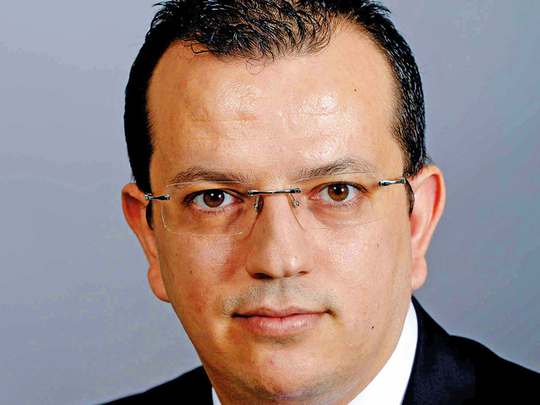
Dubai: The global sukuk market is going through a significant slowdown in issuance and the trend is likely to continue into 2019, according to rating agency Standard & Poor’s.
According to S&P, total sukuk issuance dropped by 15.3 per cent in the first half of 2018 compared with the same period last year, reaching $44.2 billion compared with $52.2 billion in the first half of 2017. This drop was even more pronounced for foreign currency sukuk issuance at 45 per cent.
- Mohammad Damak | Senior director of Financial Services at Standard & Poor’s Global Ratings
“We believe that this is due to the absence of major issuances from the Gulf Cooperation Council (GCC) countries seen in 2017. In the second half of 2018, we expect sukuk issuance volumes will continue to be slowed by the global tightening of liquidity conditions, as well as by lower financing needs of some GCC countries as a result of oil prices stabilising at higher levels,” said Mohammad Damak, senior director of Financial Services at S&P Global Ratings.
While a sharp increase in geopolitical risks in the Middle East and inherent challenges related to the sukuk market are expected to slow down issuance, S&P estimates that global sukuk volumes this year will be in the range of $70-$80 billion, compared with $97.9 billion last year.
There are four main reasons that analysts expect will continue to slowdown sukuk issuance this year.
“We expect the tightening of global liquidity that started in the first half of 2018 to continue. Specifically, we expect the US Federal Reserve will hike its federal funds rate by another 50 basis points in the second half of 2018 after the two increases of the first half, and that central banks of GCC countries will probably mirror such an increase due to the peg of their currencies with the US dollar,” said Damak.
The European Central Bank (ECB) is expected to tighten policy through a reduction in the pace of asset purchasing (AP), and plans to eventually wind down the programme by the year end and also raise interest rates in the third quarter of 2019.
“Overall, we think that the liquidity channelled to the sukuk market from developed markets will reduce and become more expensive. Currently, European and US-based investors account generally for about one quarter of sukuk investment in terms of volume,” Damak said.
Geopolitical risks are increasingly becoming a major concern for investors taking exposure to GCC asset classes. Over the past 12 months, geopolitical risks have heightened in the eyes of investors, starting with the boycott of Qatar in early June 2017 by a group of Arab states, which S&P analysts think weakened investors’ view of the cohesiveness of the GCC countries as a bloc.
The shifts in Saudi Arabia’s power structures and societal norms have also attracted a lot of attention from investors. Additionally, the recent reinstatement of US sanctions on Iran and the continued animosity between Iran and some of its GCC neighbours are both not helping investor perceptions.
Declining financing needs across the GCC are also a major factor in slowing sukuk issuance.
“We consider that GCC countries’ need for financing is reducing as liquidity conditions improve. This is thanks to higher oil prices, which we now expect to remain at about $65 per barrel in 2018, and continued expenditure reduction by GCC countries since 2015. Overall, we think that the gross commercial long-term debt issuance of GCC countries will decline by 15 per cent in 2018 from 2017,” said Christian Esters, an analyst at S&P.
Challenges relating to standardisation continue to plague the industry and are working as a deterrent in the expansion of the sukuk market.
“Some market participants still think that standardisation is unrealistic and that it would be better to aim for harmonisation — that is having standards, although these may vary across jurisdictions — and leave some flexibility for implementation. We see this as the status quo,” said Damak.









